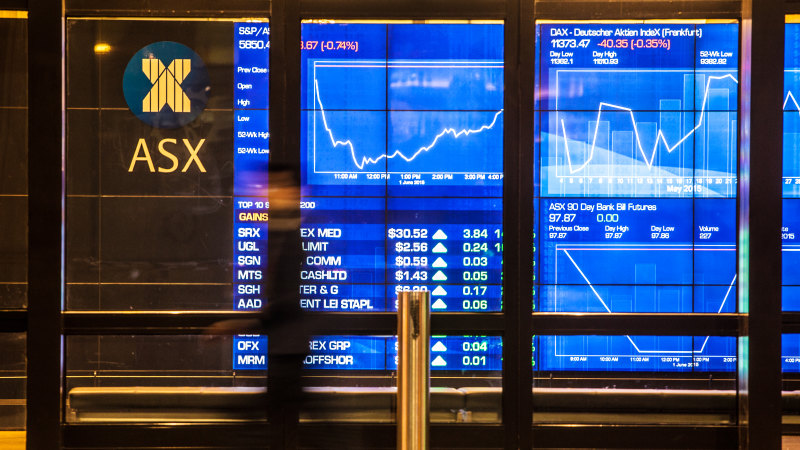[ad_1]
The two-year Treasury yield, which more closely tracks expectations for the Fed, fell to 4.17 per cent from 4.27 per cent before the wholesale inflation report’s release. Traders rebuilt bets that the Federal Reserve will begin cutting interest rates in March, according to data from CME Group.
Traders are largely betting on the Fed cutting its main interest rate six or more times through 2024. That would be a much more aggressive track than the Fed itself has hinted. It’s even cautioned it could raise rates further if inflation refuses to buckle convincingly toward its target of 2 per cent. The federal funds rate is already at its highest level since 2001.
“The danger of Fed fine-tuning is that they could be fiddling while the economy is burning down,” said Brian Jacobsen, chief economist at Annex Wealth Management. “If they’re data-dependent, that means they’re looking in the rearview mirror. Now they need to shift their gaze forward through the windshield.”
Interest rates are one of the main levers that set where stock prices are. The other is how much profit companies are making, and analysts expect the S&P 500 to deliver a second straight quarter of growth after earlier faltering under the weight of high inflation.
The reporting season for the end of 2023 unofficially got underway Friday with a bevy of reports from banks.
JPMorgan Chase dipped 0.7 per cent after reporting weaker results than expected for the last three months of 2023.
UnitedHealth Group fell 3.4 per cent despite topping analysts’ profit forecasts. Medical costs for the health care giant soared, worrying investors.
Delta Air Lines sank 9 per cent even though it reported stronger profit and revenue than analysts had forecast for the final three months of 2023. The carrier’s forecasted range for upcoming full-year profit indicated it could fall below what analysts had been expecting.
The airline and other travel-related companies were also hurt by a rise in oil prices, which put pressure on their fuel costs. United Airlines fell 10.6 per cent, and Norwegian Cruise Line Holdings lost 4.3 per cent.
Crude prices climbed on worries about potential disruptions to supplies after Yemen’s Houthi rebels vowed fierce retaliation for US and UK strikes against them. A barrel of benchmark US crude oil rose 66 cents to $US72.68. Brent crude, the international standard, rose 88 cents to $US78.29 per barrel.
That helped stocks of energy companies to lead the S&P 500 with an overall gain of 1.3 per cent. Valero Energy rose 2.8 per cent and Marathon Oil climbed 2 per cent.
Loading
All told, the S&P 500 rose 3.59 points to 4,783.83. The Dow fell 118.04 to 37,592.98, and the Nasdaq composite gained 2.57 to 14,972.76.
In stock markets abroad, Japan’s Nikkei 225 jumped 1.5 per cent to cap a strong week that brought it to levels unseen since 1990, when the country’s bubble economy was beginning to deflate. Indexes were lower in much of the rest of Asia but higher in Europe.
Associated Press
[ad_2]
Source link



